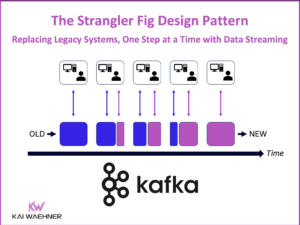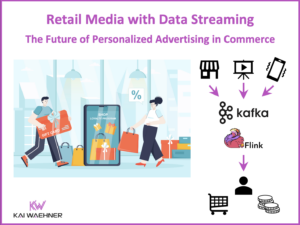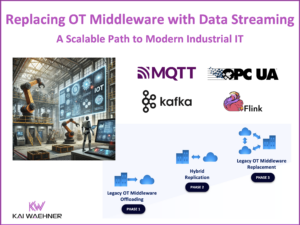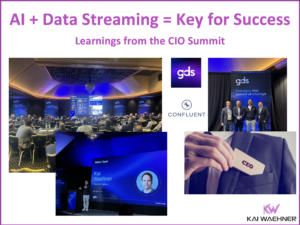Deep Learning in Real Time with TensorFlow, H2O.ai and Kafka Streams (Slides from JavaOne 2017)
Apache Kafka + Kafka Streams to Produductionize Neural Networks (Deep Learning). Models built with TensorFlow, DeepLearning4J, H2O. Slides from JavaOne 2017.




